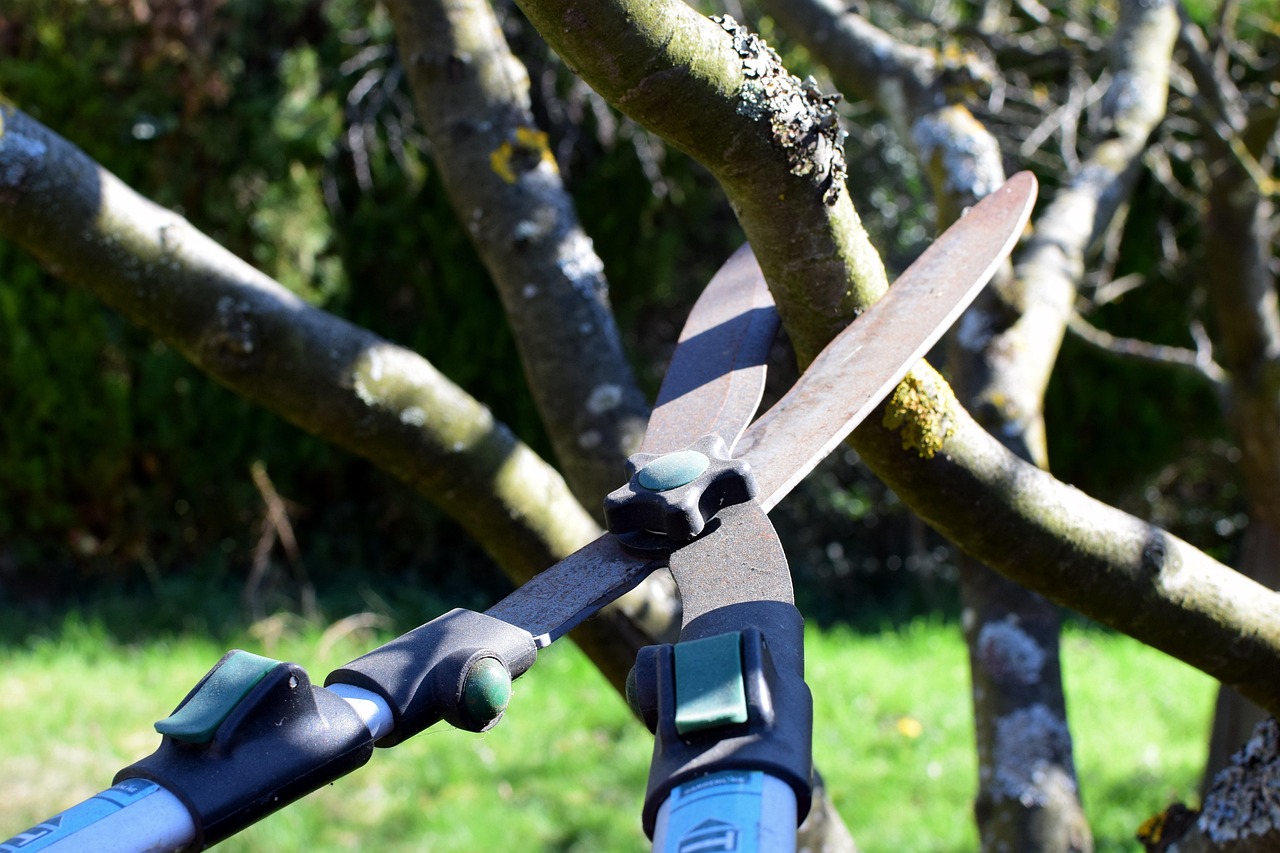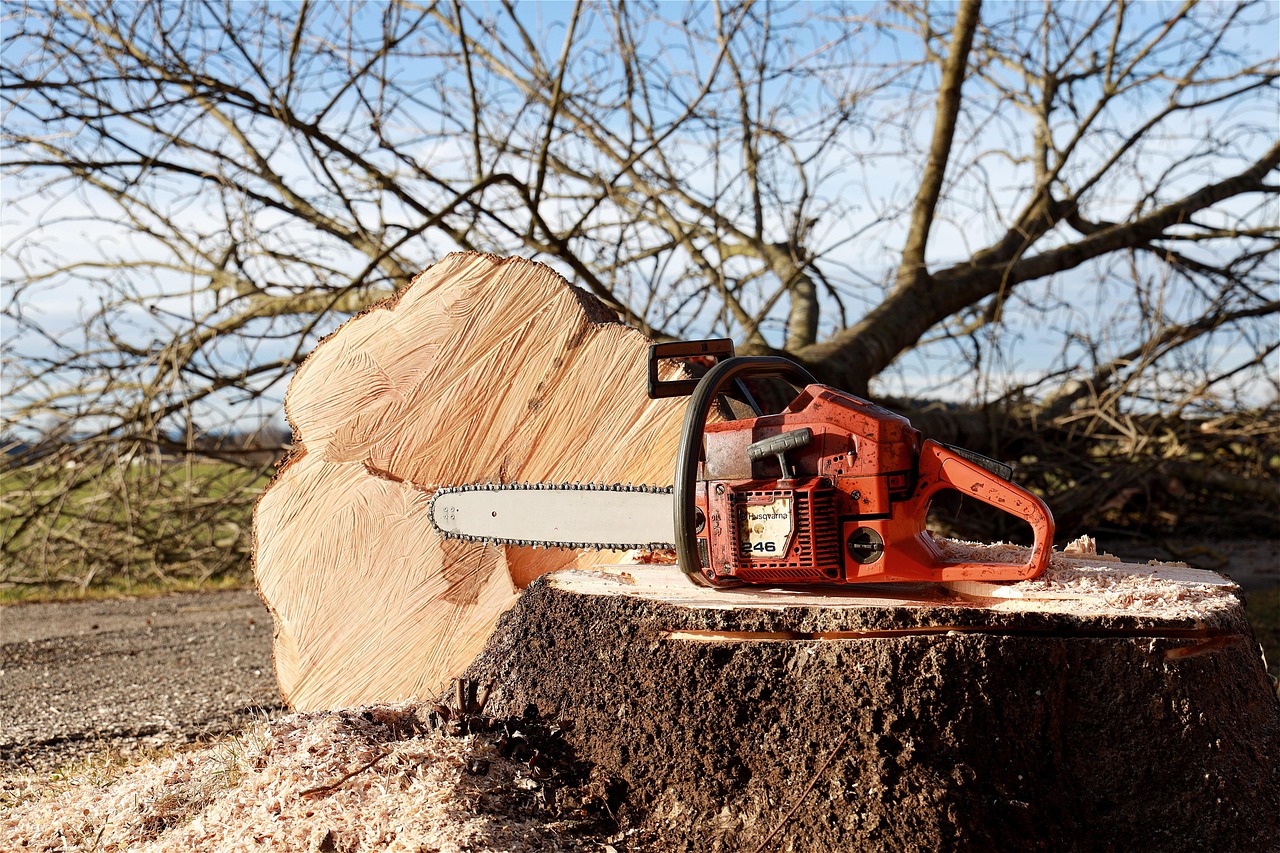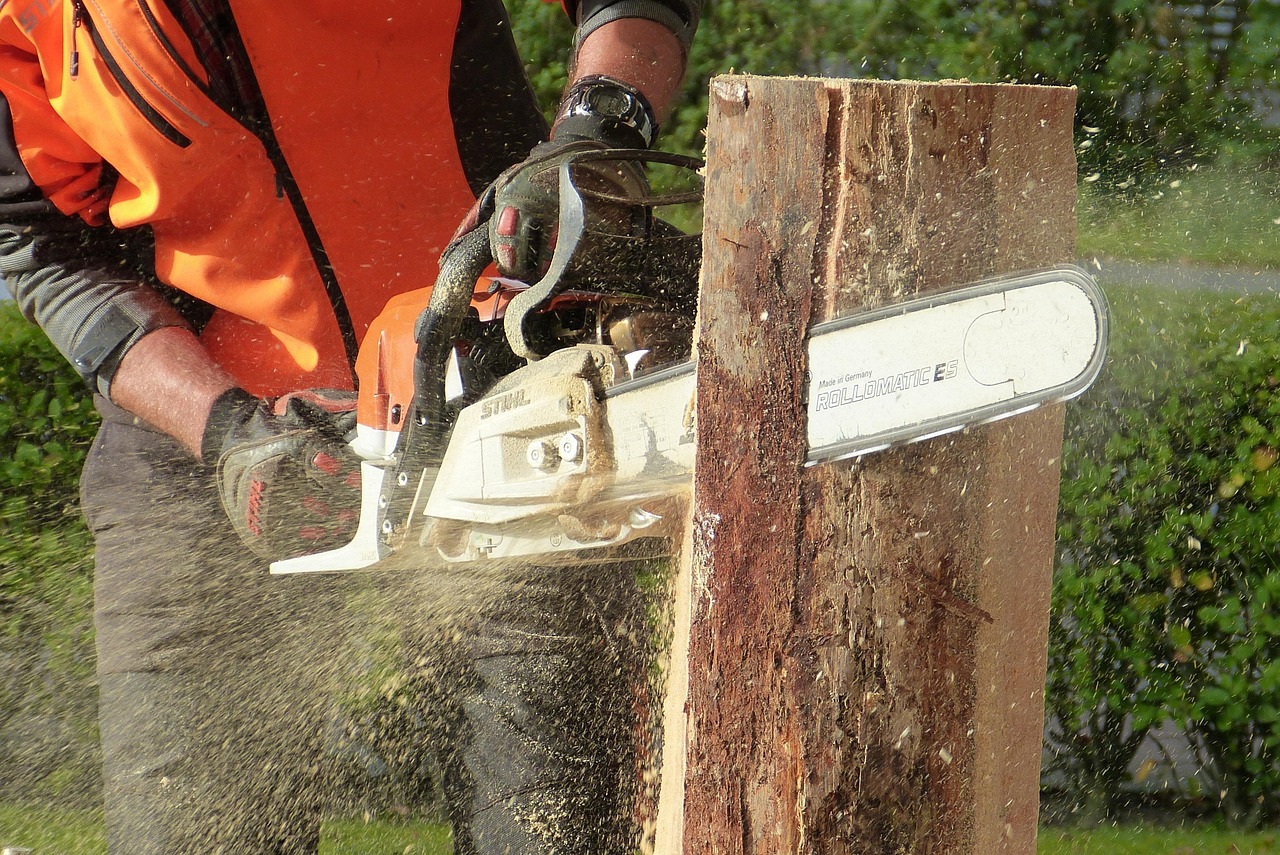Pruning trees near power lines requires careful planning and safety precautions to prevent electrical hazards, property damage, and outages. Always consult utility companies, hire certified arborists, use insulated tools, and follow local regulations. Proper technique and awareness ensure safe, healthy tree maintenance while protecting your family and community.
In my own experience, maintaining healthy trees while keeping them away from power lines requires a bit of knowledge and a lot of respect for the risks involved. I’ve learned that when trees grow too close to electrical wires, they can interfere with service, cause dangerous arcing, or even fall and damage property—things I always want to avoid. So, I make sure to handle tree pruning with care or hire professionals when needed.

I always check with my utility company before doing any pruning near wires. They often have specific rules and guidelines that must be followed, and I’ve seen firsthand how ignoring these can lead to fines or even dangerous situations. Usually, they manage the trees growing close to lines, especially in urban areas, and they’re trained to do it safely.
When I prune trees properly, I notice a healthier, more air-circulated, and sunlit canopy. However, I’ve learned that improper pruning can weaken the tree or make it more susceptible to pests and diseases—it’s one reason I always tread carefully or call in experts.
Understanding the Risks
Having seen things go wrong firsthand, I never underestimate the dangers. Some key risks I always keep in mind include:

- Electrical hazards: Touching or even getting close to power lines can cause severe injury or even be fatal—I always keep a safe distance.
- Property damage: Falling branches can damage my house, car, or neighbor’s property if I’m not careful.
- Service interruptions: Incorrect pruning might lead to power outages that affect many—something I always want to avoid.
Understanding the type of power line involved is crucial. From my experience, overhead distribution lines that supply homes (typically 120-480 volts) pose different risks than high-voltage transmission lines (up to 765 kV), which can cause widespread outages or severe shocks if improperly handled.
| Type of Power Line | Voltage Range | Common Hazards |
|---|---|---|
| Overhead Distribution Lines | 120-480 volts | Electrical shock, fire hazards |
| Transmission Lines | 69 kV – 765 kV | Severe electrical shock, widespread outages |
From my own work experience, I always make sure to understand these differences because the higher the voltage, the greater the danger. Utility companies follow strict safety standards, so I always keep a safe distance—at least ten feet—when working near lines, especially with ladders or aerial lifts.

Pro-Tips
When I first started pruning trees near power lines, I underestimated the risks involved and paid the price. Now, I always remind myself of a few key lessons that keep me safe. First, never attempt to prune or trim any tree that is within 10 feet of live power lines without consulting the utility company. I learned this the hard way when I tried to do a quick trim myself and almost got shocked. It’s simply not worth the danger.
Another tip from my experience is to always use the right tools, preferably insulated and designed for electrical work. I once used regular pruning shears close to a wire and had a nerve-wracking moment—I now use tools with proper insulation, even if that means investing in them upfront.
I also advise scheduling pruning during dormant seasons like late winter or early spring. I ignored this advice initially and pruned during a windy summer day, which resulted in a large branch snapping and falling dangerously close to the lines. Proper timing reduces stress on the tree and minimizes the risk of branch failure.
Additionally, I’ve found it invaluable to mark and familiarize myself with the exact locations of all power lines on my property. Tools or markers that indicate the proximity of wires help me stay mindful and avoid accidental contact during work.
Finally, I always check with my utility provider before starting any work near lines. They often provide specific guidelines or may even send a professional in for tricky branches. It’s an extra step that saves me from potential fines, safety hazards, and unintended outages. Over time, I’ve learned that being cautious, well-informed, and respectful of the risks makes all the difference in safely maintaining trees near power lines.
Safety Precautions I Always Take
Over the years, I’ve found these precautions make all the difference when pruning near power lines:
- Always check with the utility company before starting. They usually offer guidance or even come out to handle tricky branches.
- Hire certified arborists who are specifically trained in utility line clearance—these professionals know the risks and how to mitigate them.
- Use insulated tools and wear proper protective gear—like gloves, helmets, and safety goggles—to protect myself from unexpected surprises.
- I always mark the location of power lines on my property so I don’t accidentally damage or get too close during work.
Weather also matters—I’ve learned to avoid pruning during storms, heavy rain, or windy days because falling branches or unexpected gusts increase the danger substantially.
If I spot a tree growing into or near the lines, I make a point not to attempt removal myself unless I’m trained. Instead, I call the utility company—they have the proper equipment and training to do it safely without risking injury or causing outages.

Why Professional Help Matters
From my experience, nothing beats hiring a professional arborist for tricky jobs near power lines. They know how to handle the tools, assess tree health, and stay safe while doing critical work. I’ve seen first-hand how their expertise prevents accidents and ensures the job gets done right.
- They understand tree biology and can spot issues before they become hazards.
- They use specialized, insulated gear that I wouldn’t trust for myself.
- They stay updated on local regulations and utility company requirements, making sure everything is compliant.
Always check for certified arborists with experience in utility line clearance—trust me, it’s worth the extra investment for peace of mind.
Handling Emergencies: What I Always Do
Emergencies happen, especially after storms or high winds. If I ever see downed branches tangled with live wires, I never try to handle it myself. I always call emergency services or the utility company immediately. Keeping a safe distance and alerting professionals is the best way I’ve found to stay safe and prevent further damage.
Remember, never touch fallen branches or wires. They could be live, and accidental contact can be deadly.
It’s always a good idea to inform neighbors nearby if a dangerous situation arises, so everyone stays aware and stays safe.
Knowing Which Trees Are Likely to Cause Problems
In my experience, certain trees pose more risks than others—especially those that grow quickly or have fragile branches. When inspecting my yard, I look out for:
- Fast-growing species: Like willows and poplars—which I always keep an eye on—they tend to reach the wires sooner and need regular pruning.
- Weak branches or damaged limbs: These are more prone to breaking during storms and causing interference or damage.
- Proximity to wires: Trees within about 10 feet of lines are especially high-priority for monitoring and pruning.
Watching the overall health of my trees helps me catch issues early—diseased or damaged trees are more likely to shed branches or fall, which I definitely want to prevent near power lines.
Best Practices for Tree Care I Follow
I always aim for good tree health, which reduces the need for risky pruning. Here’s what I do:
- Regular inspections—at least once a year—to catch problems early.
- Pruning to maintain safe clearances—preferably in late winter or early spring when trees are dormant.
- Choosing the right trees for planting—species less likely to interfere with power lines, based on their size and growth habits.
Investing in proper care and consulting with a certified arborist can save me headaches down the line.
Legal Stuff I Keep in Mind
Over the years, I’ve learned that laws and regulations about tree maintenance near power lines vary locally. I always check with my municipal authorities and utility providers before starting any work. It’s important because:
- Utility companies usually have strict guidelines—they often handle the actual pruning for safety reasons.
- I need permits for certain types of work, depending on local laws.
- If I neglect to prune properly, or if a tree causes damage later, I might be held liable.
Staying informed helps me avoid legal issues and ensures I’m following best practices for safety.
The Value of Hiring Certified Arborists
I can’t stress enough how much difference it makes to work with professionals trained specifically in utility line clearance. They bring expertise, proper safety gear, and compliance knowledge that I simply don’t have. When I’ve hired certified arborists—like those with ISA or TCIA credentials—it’s given me peace of mind knowing the job is done safely and correctly.
- They evaluate the tree’s structure and health thoroughly.
- Use insulated tools and equipment designed for working near live wires.
- Ensure all local and utility safety standards are met.
In Case of Emergency—What I Always Do
If a storm causes branches to fall into power lines or wires are damaged, I never risk handling it myself. Instead, I call the utility company or emergency responders immediately. Keeping everyone away from the site until professionals arrive is my priority. Safety first, always.
Conclusion
From my experience, proper planning, safety awareness, and professional help are the keys to managing trees safely near power lines. I always prioritize safety first—it’s better to be cautious than to risk injury or outages. Engaging professionals, understanding the risks, and knowing the right time and tools for pruning have made a huge difference in keeping my property and community safe. When we all work together, respecting regulations and leveraging technology, we can keep our neighborhoods green, safe, and reliable for everyone for years to come.
